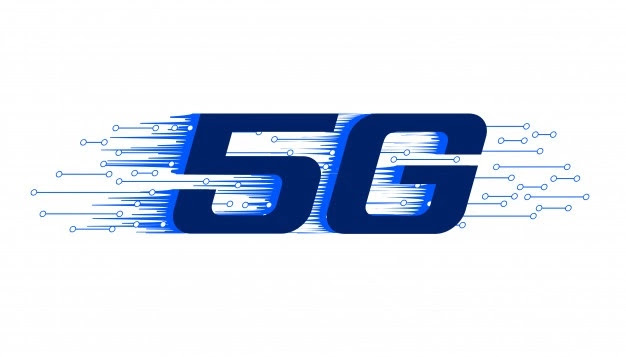What is 5G network and what are its advantages
 |
| okzone.eu.org |
Until now, many European countries and several other countries in Asia, especially in Southeast Asia, have implemented 5G networks in their regions. By using this latest network, everything related to the internet and network connectivity will be faster than the previous model. However, what is a 5G network called or meant? To find out, here are some explanations about the 5G network.
What is 5G?
5G is a fifth generation cellular system that is an important foundation for the digital economy and is very beneficial for the wider community. It is not only implemented in terms of data for mobile devices, but 5G network connectivity can also be used in various things, from medical, industrial, automotive to wireless robots.
By using this network, there are millions of simultaneous connections in crowded places as well as high-quality, high-speed real-time transmission that can connect one place to another even far away.
What is the History of its Creation?
As with previous models, such as 1G, 2G, 3G up to 4G-LTE, 5G cannot be called a mere new technology, but rather a universal prerequisite that operators and service providers must have and fulfill in order to improve their capabilities at the highest level.
This 5G creation draft started in 2015 released by the ITU Radiocommunication Sector (ITU-R) of the International Telecommunication Union (ITU). From there, the International Mobile Telecommunications-2020 (IMT-2020 Standard) emerged which became a requirement for the creation of a 5G network and included the devices and services that support it later.
The first trial was during the South Korean Winter Olympics where the local government began to try out the use of the network as a service that each delegation could use to connect with other parties outside South Korea. Then the IMT-2020 Standard can only be refined in 2020.
How Do 5G Networks Work?
Wireless communication systems work by using radio frequencies or also known as spectrum which serves to carry information through the air. 5G operates in the same way, but uses higher radio frequencies. This makes it possible to carry more information at a faster rate. These higher bands are called millimeter waves (mmwaves).
However, logically higher and faster bands carry information, there may be problems with long-distance transmission. Its connectivity is easily hindered by physical objects such as trees and buildings. To avoid this challenge, 5G will use multiple input and output antennas to increase signal and capacity across the wireless network.
The technology will also use a smaller transmitter. Placed on buildings and street furniture, instead of using a single stand-alone pole. Current estimates say that 5G will be able to support up to 1,000 more devices per meter than 4G.
 |
| okzone.eu.org |
What are the Advantages of Using a 5G Network?
There are several advantages of 5G, the following is the explanation:
Greater Speed in Transmission
The speed in transmission can be close to 15 or 20 Gbps. With higher speeds like this, you can access remote files, programs and applications totally instantly and without waiting. In fact, by intensifying the use of the cloud, all devices (mobile phones, computers and others) will depend less on the internal memory and on the accumulation of data and there will be no need to install a large number of processors on multiple objects because computing can be done in the Cloud.
Lower Latency
Latency is the time that elapses from the time a command is given to a device until the processing is complete. In 5G, the latency will be ten times less than in 4G, as it is capable of performing remote actions in real time.
More number of connected devices
With 5G, the number of devices that can connect to the network is increasing at a scale of millions per square kilometer.
Capacity Upgrade
5G will provide up to 1,000x more capacity than 4G, creating fertile ground for IoT development. 5G and IoT are a perfect match, set to redefine how wireless networks and the internet as a whole are used.
Bandwidth Boost
The combination of increased network speed and capacity on 5G networks will create the potential for larger amounts of data to be transmitted than is possible using 4G LTE networks. 5G networks are designed differently from traditional 4G networks as they allow for greater optimization of network traffic and smooth handling of usage spikes.
How Fast Is a 5G Network?
5G is designed to be a transmission medium with peak data rates of up to 20 Gbps which complies with IMT-2020 requirements. In addition to higher peak data rates, 5G is designed to provide more network capacity by expanding to new spectrum, such as mmWave.
5G can also provide significantly lower latency for faster response and can provide an overall more uniform user experience so data rates remain consistently high, even as users move from place to place.
What Are the Advantages of 5G over 4G or Other Previous Models?
5G networks can provide higher data rates with less delay or latency than 4G or sometimes referred to as 4G LTE. Some 5G services will provide coverage areas with data rates up to 100 times faster and almost the same response times. For example, it takes almost six minutes to download a feature-length movie with 4G, but using 5G, the same movie can be downloaded in just 15 seconds. Technically, current 4G speeds are around 12-36 megabytes per second (Mbps), while 5G services are expected to support speeds of up to 300 Mbps or more.
Post a Comment